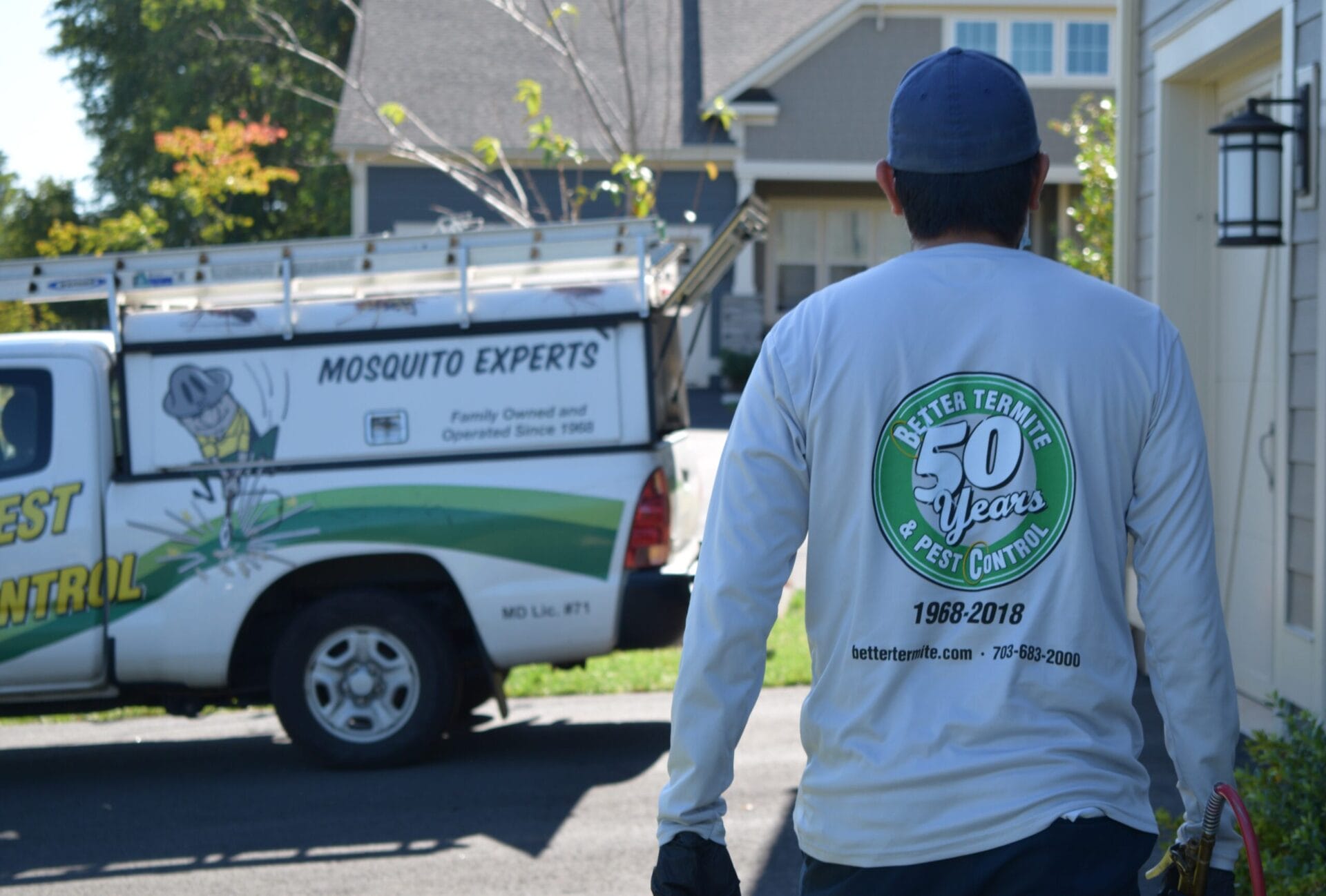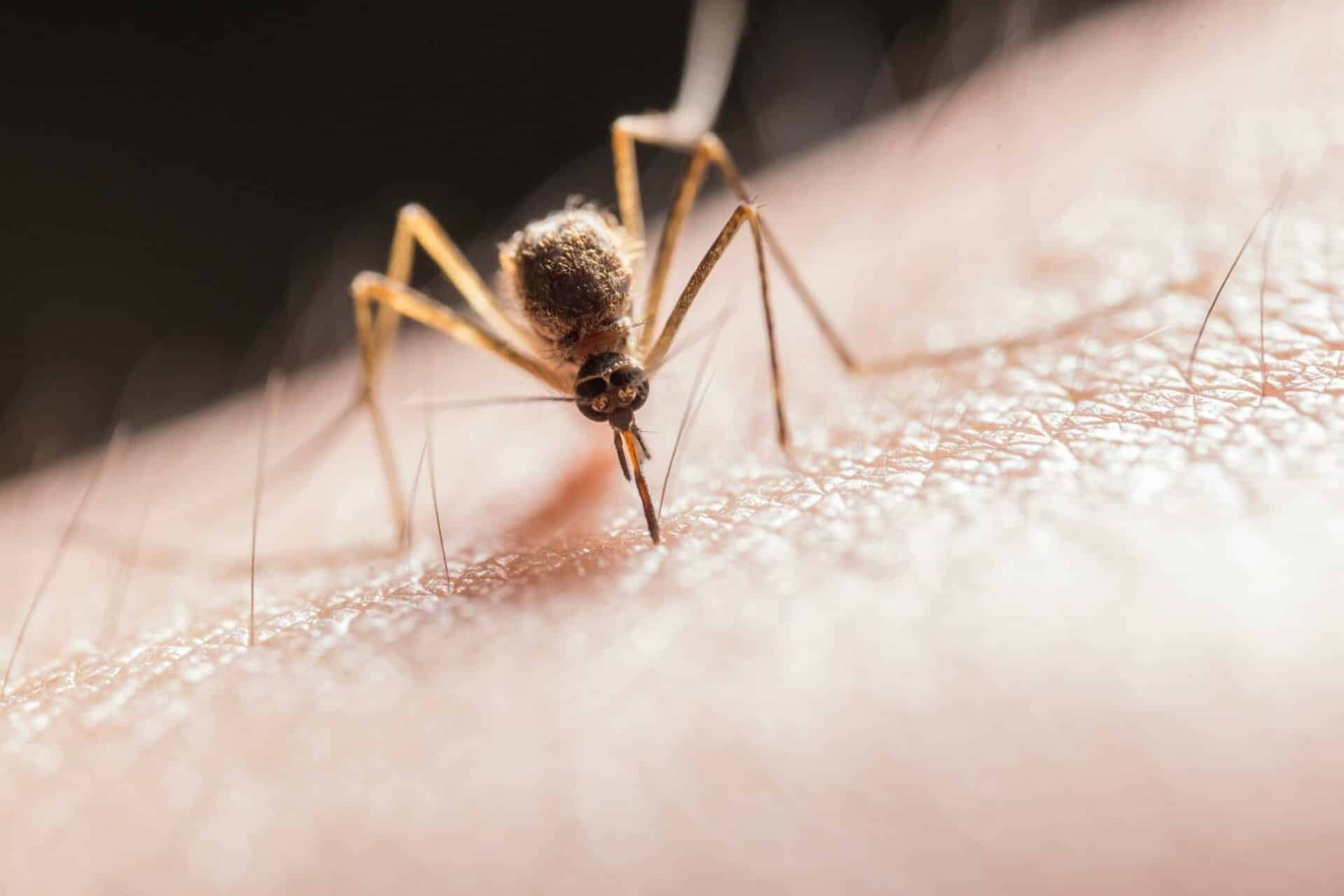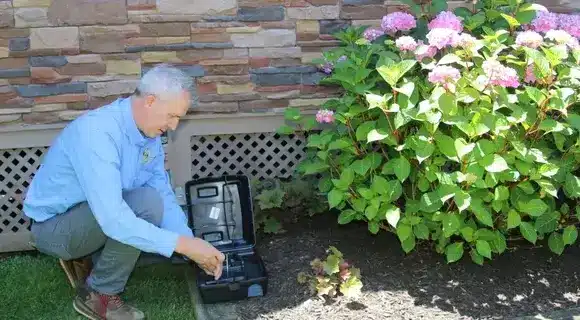


Flying termites are more than just an odd nuisance—they serve as a red flag that something might be wrong inside your home. These winged termites, also known as termite swarmers or flying termite swarmers, show up when a colony is ready to expand. If you see them near your property in Virginia, it’s time to pay attention.
Flying termites bring with them warnings of underlying issues. Their appearance can signal the presence of a termite colony deep within your wooden structures. This article will help you understand flying termites, discuss how they impact your property, and explain why a thorough termite inspection in Virginia is a necessary step in protecting your home.
Flying termites are the reproductive members of a termite colony. These winged insects emerge to form a new colony. Their primary purpose is to leave the mature colony and pair up with other reproductive termites. They leave behind discarded wings as they take off.
Termite swarmers are not a random occurrence. When you see flying termites inside or outside your home, it often means that the old colony is making way for new colonies. It is crucial to identify them early to prevent larger problems later. Click here to learn how to identify them.
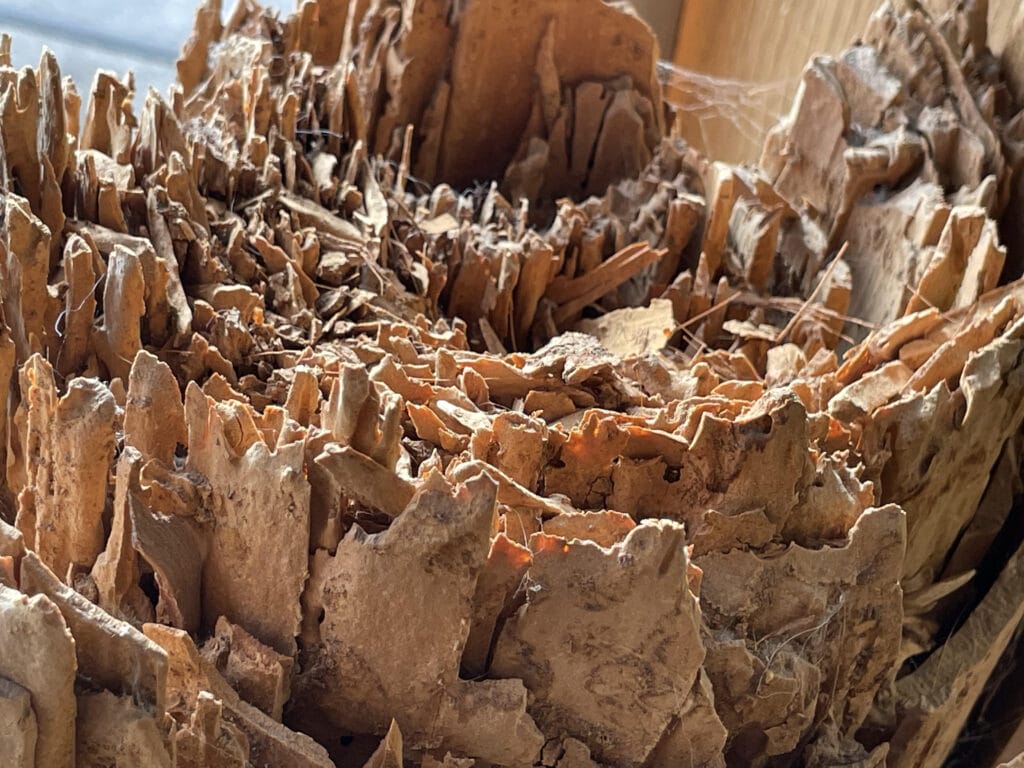
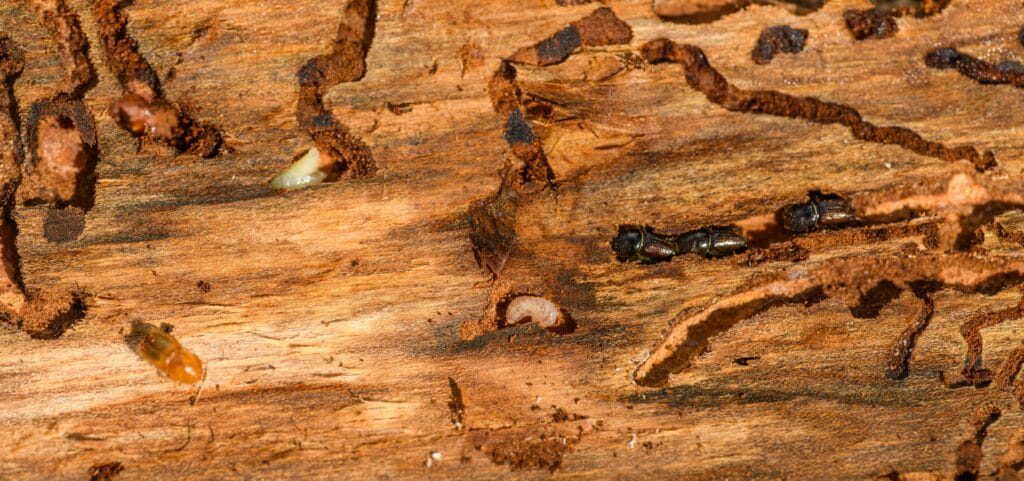
When they show up, they are a serious warning sign. These winged termites signal that an active infestation may be hidden in your crawl spaces or wooden structures. Even a few swarms can indicate that there’s a larger termite colony underground. We offer a termite control program to help protect you from these issues.
A mature colony, made up of worker termites and reproductive termites, can cause significant structural damage if left unchecked. Watching for termite swarmers is key to early detection.
Termite swarms are a direct indication of new colonies being formed. When you notice swarms, you should also be aware of discarded wings that fall to the ground. These discarded wings are a visible marker that termites are getting rid of their flying parts once they have landed.
A flying termite infestation may only seem like a seasonal nuisance, but if left alone, subterranean termites can establish existing colonies that eat wood and other building materials.
Seeing them means that something is amiss inside your property. While these winged termites are not your everyday pest, they are a clear indicator of re-establishment within a termite colony. Despite their harmless appearance, they mean that your home has become a target for termites flying.
Termites flying around your home might be viewed as a minor inconvenience, yet they often lead to severe structural damage if the underlying termite colony is not treated.
Beyond the sight of the winged versions, your home might already have mud tubes, a key characteristic of subterranean termites. These mud tubes help worker termites travel safely from underground into your wooden structures. An active infestation can cause significant structural damage over time.
When you notice a termite swarmers event or flying insects near your house, understand that these events often mask deeper problems. The presence of termites means that the colony’s establishment is already underway.
An inspection is essential when they make an appearance. Professional inspectors can detect early signs such as shed wings and mud tubes. These inspections help find swarming termites and pinpoint where the termite colony is hidden. You should consider our Pest Control Alexandria location if you reside in that area.
A thorough inspection checks all areas including crawl spaces, wooden structures, and other hard-to-see spots. Early detection through an inspection can help prevent severe structural damage and termite reinfestation.
When you spot them, quick action is necessary. Do not ignore these winged insects as they signal a problem that could lead to a termite infestation within your home. Acting promptly with a professional pest control company can help rid of them.
Speedy treatment not only stops the termite colony from expanding but also prevents termite reinfestation by addressing the problem at the source.
Regular inspection should become part of your home’s routine maintenance. With a yearly check, you can identify these pests and other termite species. If you see termite swarmers or discarded wings, contact a professional immediately.
Routine inspections means early detection. This is one of the best ways to handle any infestation that might be forming.
There are several treatment options available when dealing with it. Professional technicians use non-repellent methods to get rid of flying termites and reduce termite colonies.
Some treatment options include:
These treatments are designed to get rid of it and to prevent severe structural damage from new colonies.
When choosing treatment for these issues, ask for the termite treatment history. Knowing whether an existing termite contract is in place can help gauge the severity of the problem.
Your pest control company will provide details on past treatments and what chemicals were used. They can also recommend ways to get rid of them with lower impact products that have been chosen carefully. Learn more with some termite prevention tips.
Once you have treated for the infestation, regular maintenance is essential. Even if you’ve rid of flying termites this time, future termite swarmers might occur if not well managed.
A consistent schedule of inspections and treatments will help seal gaps and discourage new colonies from forming. Preventing termite reinfestation is how you keep your home free from damaged wood and decaying wood.
Our team at Better Termite & Pest Control has been locally owned since 1968. We understand the unique challenges that homeowners in Virginia face with flying termites. Using a hands-on approach rather than a corporate method, we speak plainly about your issues.
Our licensed technicians come directly to your phone and home. With 300 years of total experience on our team, we help get rid of it and address termite infestations quickly.
An inspection is your first line of defense when you spot them or flying insects. During the inspection, technicians search for winged termites and check for termite damage. Early detection through a thorough inspection prevents the termite colony from growing further.
An inspection will help you identify flying termites and see if there is any active infestation that might be causing significant structural damage.
There are many ways to fight termite problems. Our technicians use products that are chosen carefully after extensive research. These products help kill termites and prevent further damage caused by worker termites.
We choose to get rid of them by eliminating 9 of the harshest chemicals. Instead, we use better alternatives that target the termite colony effectively while maintaining a low impact on your home environment.
These are not just an isolated occurrence; they offer clues about a more extensive termite infestation in your home. When you see termite swarmers, it can mean that subterranean termites are hard at work underground.
Other signs include:
These signs suggest that a mature colony may be present, which can lead to severe structural damage if ignored.
Knowing what to do when you see winged termites is important. Contacting your local pest control company immediately helps you to rid of them before they cause more harm. Acting quickly is key to stopping a new termite colony from taking hold.
Prompt action can help prevent termite reinfestation by ensuring that new colonies do not have time to form. It is always better to get rid of flying termites at the first sign.
Yes, never should be ignored. Their presence means that a termite colony might be assembling or already active. They are a serious warning sign that can lead to significant structural damage if unchecked.
Our expert technicians use targeted treatments to rid of them while addressing the entire termite colony. We inspect your home thoroughly and treat affected areas with specially chosen products.
Termite swarmers tend to emerge during the swarming season and often choose dusk or nighttime to fly. This behavior is common for many termite species as they seek the right atmospheric conditions for establishing new colonies.
Flying termites appear when a mature termite colony is ready to reproduce. Environmental changes or disturbances may force worker termites to create new colonies. The presence of mud tubes and decaying wood in crawl spaces are clues of this movement.
Flying termites are not harmful to human health, but the damage they cause to wooden structures can lead to significant structural issues. That’s why it is important to treat them promptly.
Termites fly around as they leave the main colony to form new colonies. Their winged stage allows reproductive termites to disperse, find mates, and establish new colonies. This is a natural process, though it calls for immediate attention.
In the Virginia area, quick identification and treatment help prevent termite reinfestation from causing further damage. Experts in our team are trained to identify them and other winged insects quickly. They can also determine if there is a termite infestation causing significant structural damage. Our termite control with Sentricon practices can assist in keeping things at bay.
We work with you, providing a clear treatment history and a plan to get rid of them effectively. Our process ensures that you receive prompt and efficient service every time.
For more than 57 years, the Schulz family has operated Better Termite & Pest Control with a local feel. Though the Schulz family manages the business, experienced professionals do the work. We stand by our promise of free unlimited callbacks until we get your home back to a good baseline.
Customer care is at the heart of our approach. We rely on simple, clear language and proven methods to get rid of flying termites and address any issues quickly.
The arrival of them in your home is a serious call for action. These winged termites are not just a summer nuisance; they are a sign of a growing termite colony beneath your wooden structures.
Don’t wait until they have caused severe structural damage. Call us for quick action and a thorough termite inspection. Let our expert team, backed by over 57 years of local service, help you rid of them and protect your home.

With five years of hands-on experience in the pest control industry, George Schulz is a registered technician with the Virginia Pest Management Association and a proud third-generation professional in a family business that’s been protecting homes for over 57 years. He manages and trains a team of service pros while also leading internal research efforts—recently spearheading a deep-dive review of thousands of documents on pest control materials to hand-pick the most kid and pet friendly, most effective solutions tailored specifically for homes in the DC metro area. Read his bio.

